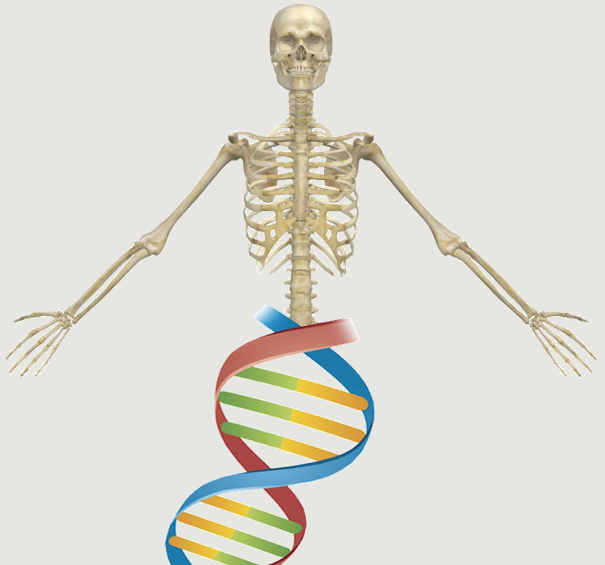Abstract:
Stem cell-based gene therapy and tissue engineering have been shown to be an efficient method for the regeneration of critical-sized bone defects. Despite being an area of active research over the last decade, no knowledge of the intrinsic ultrastructural and nanomechanical properties of such bone tissue exists. In this study, we report the nanomechanical properties of engineered bone tissue derived from genetically modified mesenchymal stem cells (MSCs) overexpressing the rhBMP2 gene, grown in vivo in the thigh muscle of immunocompetent mice for 4 weeks, compared to femoral bone adjacent to the transplantation site. The two types of bone had similar mineral contents (61 and 65 wt% for engineered and femoral bone, respectively), overall microstructures showing lacunae and canaliculi (both measured by back-scattered electron microscopy), chemical compositions (measured by energy dispersive X-ray analysis), and nanoscale topographical morphologies (measured by tapping-mode atomic force microscopy imaging or TMAFM). Nanoindentation experiments revealed that the small length scale mechanical properties were statistically different with the femoral bone (indented parallel to the bone long axis) being stiffer and harder (apparent elastic modulus, E approximately 27.3+/-10.5 GPa and hardness, H approximately 1.0+/-0.7G Pa) than the genetically engineered bone (E approximately 19.8+/-5.6 GPa, H approximately 0.9+/-0.4G Pa). TMAFM imaging showed clear residual indents characteristic of viscoelastic plastic deformation for both types of bone. However, fine differences in the residual indent area (smaller for the engineered bone), pile up (smaller for the engineered bone), and fracture mechanisms (microcracks for the engineered bone) were observed with the genetically engineered bone behaving more brittle than the femoral control.
Notes:
Pelled, Gadi Tai, Kuangshin Sheyn, Dima Zilberman, Yoram Kumbar, Sangamesh Nair, Lakshmi S Laurencin, Cato T Gazit, Dan Ortiz, Christine eng Research Support, Non-U.S. Gov't Research Support, U.S. Gov't, Non-P.H.S. 2006/03/10 09:00 J Biomech. 2007;40(2):399-411. Epub 2006 Mar 9.
Website

